Domestic violence tops list for violence: see how your suburb rates
POLICE spend more time investigating domestic violence than almost any other major crime new data reveals. See how your suburb/town rates, as well as for assault, sexual assault and robbery in our INTERACTIVES.
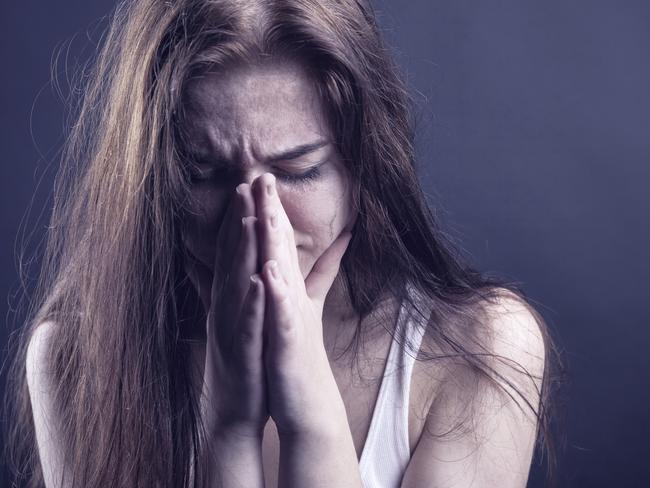
Local
Don't miss out on the headlines from Local. Followed categories will be added to My News.
THE old cops and robbers cliche is dead as NSW police focus on responding to thousands of domestic violence calls from hundreds of wealthy and disadvantaged suburbs across the state.
From Seven Hills to Strathfield and Cammeray to Bateau Bay, between 2011 and March 2017 in 761 suburbs and towns across the state, more DV suspects were picked up by police than any other type of offender, excluding transport regulations such as not having a valid train ticket and drug offences.
The shocking numbers are detailed in exclusive data from the NSW Bureau of Crime Statistics and Research that shows the suburbs where alleged offenders or Persons of Interest (POIs) reside.
Source: NSW Bureau of Crime Statistics and Research
POIs may not have been convicted in court but were proceeded against in some way by police.
The top suburbs in Sydney for reports and POIs of domestic violence were mostly west or south of Parramatta but even in wealthy areas there were still significant numbers of people picked up between 2011 and March 2017.
In places such as Castle Hill (212 POIs), Dee Why (197), Bondi (125) and Mosman (119) a prestigious address was no protection from domestic abuse.
DOMESTIC VIOLENCE
Rape and Domestic Violence Services Australia Executive Officer Karen Willis said half to a third of all police work in some areas is now related to domestic violence.
“The most common reason women 25-44 are admitted to hospital is due to domestic violence,” Ms Willis said.
“But physical violence is 20 per cent of the story, the other untold part of the story is psychological and financial abuse.”
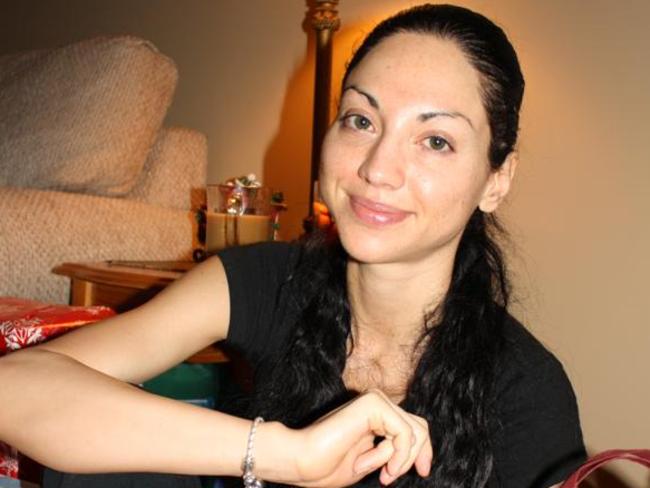
Despite the extra resources going into what Ms Willis calls an endemic problem, we have not reduced the level of domestic abuse per capita, and the ranks of victims are still swelling, she said.
“We are not seeing a decline in people seeking domestic violence support services,” she said.
“Too many times being a state and national based service we try and refer people to local services and often local services are overwhelmed.
“The fact is demand is outstripping supply across the country.”
Domestic violence apps to help combat abuse
Former Australian and New Zealand Society of Criminology president Professor Rick Sarre of the University of South Australia said when people are under stress from unemployment, economic or family issues they may resort to violence.
“You can’t necessarily make a broad statement that people in lower socio-economic areas will beat their wives, and it’s not a heterosexual only issue — males do beat males too,” Prof Sarre said.
“Domestic violence is a scourge but now that it is politically a hot potato, police are acting where in decades past they may not have.”
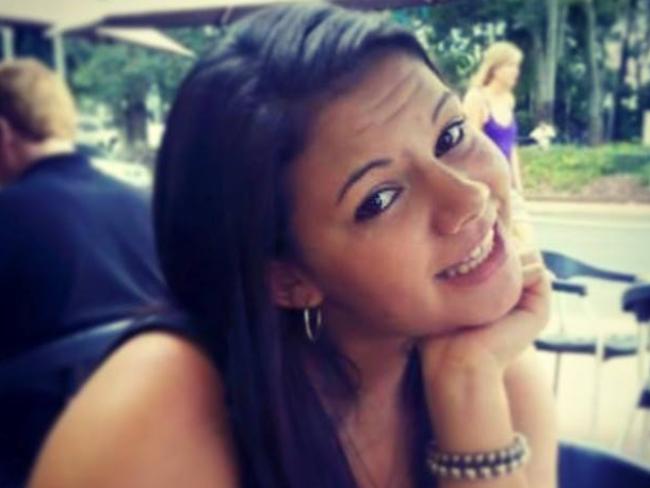
NSW Police Commissioner Mick Fuller led two domestic violence teams that targeted perpetrators and encouraged police to arrest suspects for minor crimes to stop them from committing more serious offences.
Suspect target management plans began in February 2016, and the rollout of DV High Risk Offender Teams which currently operate in three regions (Central Metropolitan, South West Metropolitan and Northern).
Along with specialist domestic violence positions in local area commands have helped reduce incidents of domestic violence, a NSW police spokesman said.
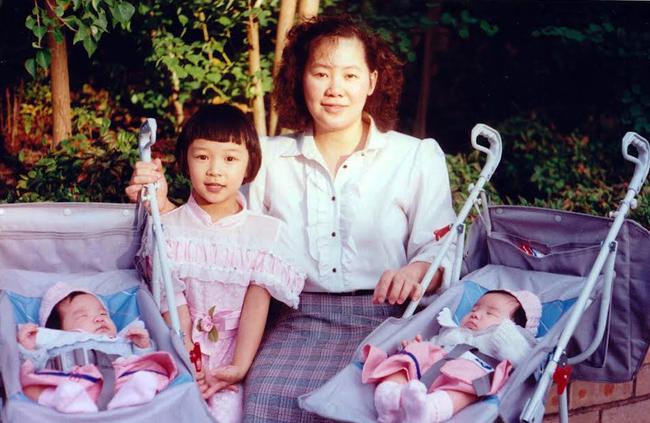
Commissioner Fuller said these initiatives have changed the way offenders and communities respond to domestic violence.
“NSW Police have been extremely proactive targeting offenders of domestic violence and that approach is seeing a reduction in offence rates,” he said.
NSW BOCSAR director Jackie Fitzgerald said in 2016 police exceeded their target of taking court action in more than 60 per cent of DV reports with 65 per cent of offenders fronting a court.
Source: NSW Bureau of Crime Statistics and Research
“In 2016, in the District Court, 76 more people were imprisoned than in 2014; this means that 11 per cent of the growth in people imprisoned came from growth in District Court finalisations, which will relate to more serious offences than Local Court matters,” Ms Fitzgerald said.
“The proportion of people imprisoned for DV offences has gone from around 10 per cent up to 2014, to around 13 per cent in 2015/16.”
SEXUAL ASSAULT
Sex offenders are living in suburbs across NSW and Sydney with seven regional areas featuring in the top ten places for POIs of sex assault and indecent assault, including Dubbo, Coffs Harbour and Nimbin all registering more than 70 POIs since 2011.
Several wealthy Sydney suburbs were home to ten or more POIs of sex offences last year, including Paddington (17), Glebe (12), Roseville (12), Bondi Beach (10) and Cremorne (10).
There were 32 suburbs where more than 100 sexual assaults were reported over the six years to March 2017, many of them large regional towns like Orange and Nowra.
Meanwhile Sydney and Blacktown topped the list in the city area.
Indecent assaults were spread more broadly with 71 suburbs recording 100 or more incidents, including places such as Chatswood (149), Randwick (105) and Hornsby (124) in the city. Smaller regional centres like Mudgee (102) and Raymond Terrace (166) where there were significant numbers of indecent assaults.
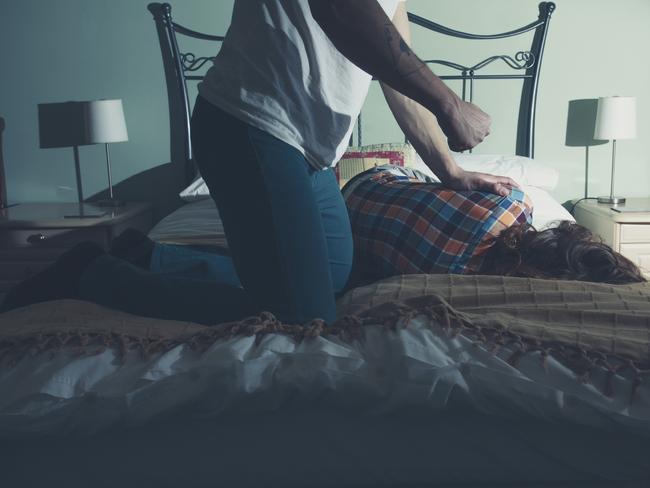
Victims of Crime Assistance League (VOCAL) acting CEO Kerrie Thompson said the increasing number of people being picked up for sexual assault can be attributed to victims feeling more confident about reporting the abuse.
“When women report domestic violence, we now have discussions around sex assault, and women may say they’ve been pressured into sex acts and we advise them that, that is sex assault,” Ms Thompson said.
“Sexual assault in relation to domestic violence has been happening for a long time, in the past it was always behind closed doors, but now more people are speaking out about it.
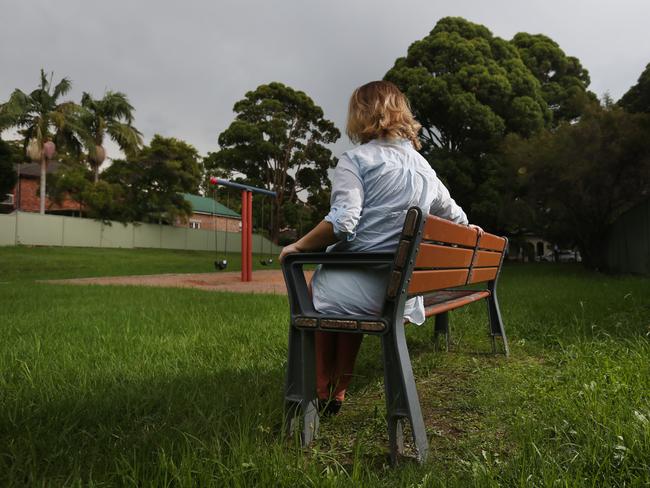
“We find women are more comfortable reporting to a support agency than the police.
“But it is very difficult to get a sexual assault matter into the courts.
“Quite often our clients say there was no consent and the offender says there was consent. To prove that is very difficult in our legal system.”
The BOCSAR data showed sexual offence reports were rose 2.3 per cent per year between 2011 and March 2017.
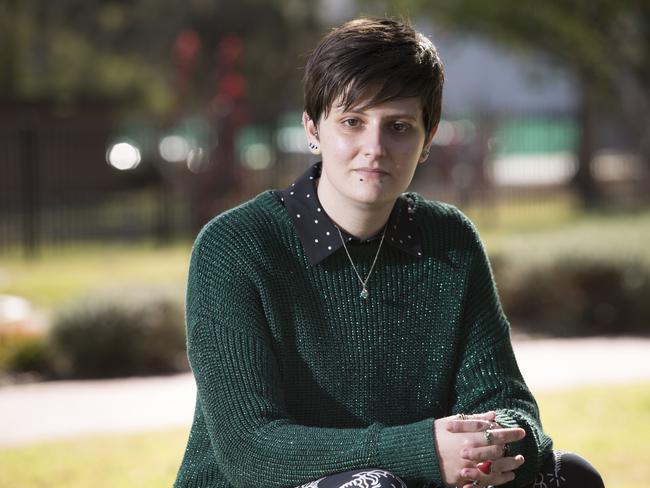
The rate of sexual assault in NSW has been higher than every other Australian state except the NT since 2010, Australian Bureau of Statistics victimisation data shows.
The increase in charges for these offences, relating to both child and adult victims, is generally attributed to a noticeable increase in reporting to police, a NSW Police spokesman said.
“There are also improved support services to assist victims and their families through the judicial process,” the spokesman said.
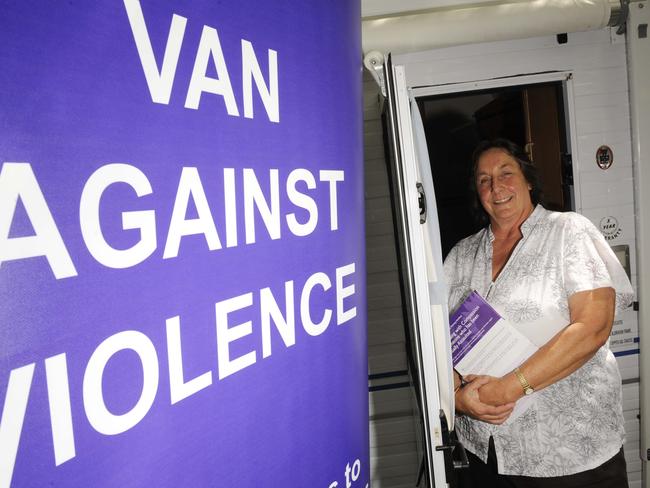
Ms Willis said in her 50 years of work in the sector she has “never seen a woman escaping violence where sex assault was not part of the process”.
“If you live in fear where is the consent (for sex)?” Ms Willis said.
Rape & Domestic Violence Services Australia provides 24/7 telephone and online crisis counselling for anyone — women and men — in Australia have experienced or are at risk of sexual assault, family or domestic violence and their non offending supporters. Call: 1800 424 017 or 1800 RESPECT on: 1800 737 732.
ASSAULT
Surry Hills was the thug capital of NSW in 2016 with 106 resident POIs picked up for assault. Over six years from 2011 to March 2017 there were 513 assault POIs who lived in Surry Hills, Blacktown (501), Redfern (441), Waterloo (384) and Liverpool (315) were the other top suburbs.
The most common places for assault reports to police were Sydney, followed by Blacktown, Haymarket, which includes the casino, and Parramatta.
There were 28 places in NSW where more than 1000 people reported being assaulted between 2011 and March 2017 including Newtown (1026), Manly (1305), Wollongong (1894) and Byron Bay (1294).
Sydney suburbs where assault topped the list of crime for residents included Milsons Point (25 POIs in six years to March 2017), Beverly Hills (19 POIs last year) and Wollstonecraft (7 POIs last year).
Other suburbs where more than 100 POIs for assault were found to live since 2011 are: Maroubra (277 POIs), Dee Why (171) and Newtown (167).
Prof Sarre said it’s not uncommon to see where there are high rates of domestic violence there are also high rates of assault.
Source: NSW Bureau of Crime Statistics and Research
“It’s not too difficult to assume that if they beat their wife, then they may beat people in the street,” Prof Sarre said.
The BOCSAR data showed non-domestic assault reports were trending down 3.9 per cent per year between 2011 and March 2017.
ROBBERY
Robbery rates have fallen and NSW BOCSAR director Jackie Fitzgerald says there is no single reason why.
Ms Fitzgerald suggested reduced heroin use, low unemployment especially youth unemployment, lower lead levels in the population, better security systems, engine immobilisers in cars, better policing, and the collapse of the second hand goods market in NSW were all factors in the decline of theft and crime.
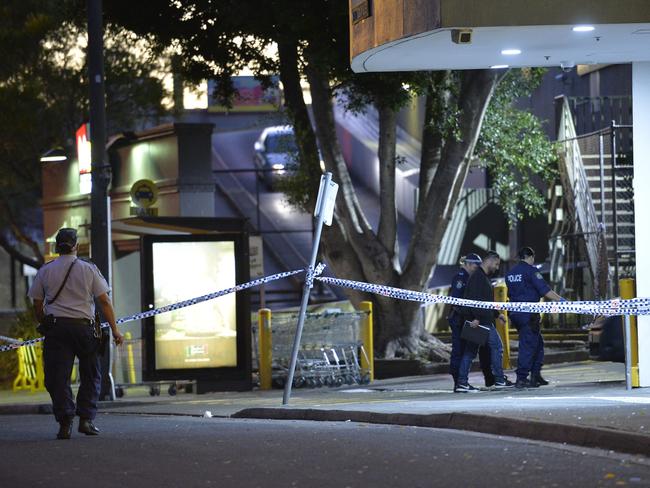
A NSW Police spokesman said they work closely with financial institutions and other high-risk industries targeted for robberies to improve security.
“These improvements have resulted in a significant decrease in armed robbery offences throughout NSW over the past decade,” he said.
“Specialist investigators work closely with local area commands to proactively target offenders and reduce the risk of armed or aggravated robbery.”
The top suburbs where residents were found by police as POIs for robbery with a firearm between 2011 and March 2017 were: Auburn, Glebe, Marrickville, Carramar and Blacktown.
MAN ARRESTED OVER STALKING
The top suburbs where robbery at gun point was reported the most in NSW during the same period were: Auburn, Blacktown, Granville, Bankstown and Lidcombe.
Robbery with other weapons was reported more than 100 times in Sydney, Liverpool and Surry Hills during the same time period, the suburbs where most robbers were found living were Auburn, Greenacre, Merrylands, Waterloo and Glebe.
This dataset does attribute some crimes to suburbs that were committed by prisoners living in local jails, so the numbers for areas such as Silverwater and Goulburn are inflated.


